Phase 0 Clinical Trials
New Hope for Brain Tumor Patients
The Ivy Brain Tumor Center is committed to pushing boundaries in brain cancer research and treatment. We conduct cutting-edge, experimental studies never seen before in the field of neuro-oncology. As the world’s most extensive Phase 0 clinical trials program, we are pioneering a novel approach – accelerated, early-phase clinical trials that quickly identify drugs that deliver on their promise while rapidly eliminating those that do not.
3 Things You Need to Know
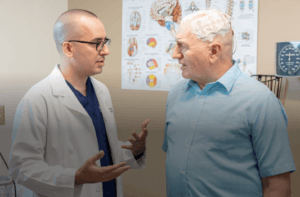
Standard of care
Isn't working
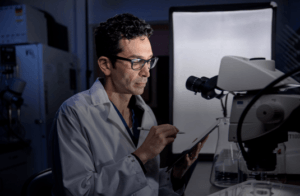
You need
Individualized treatment

Time
Is of the essence
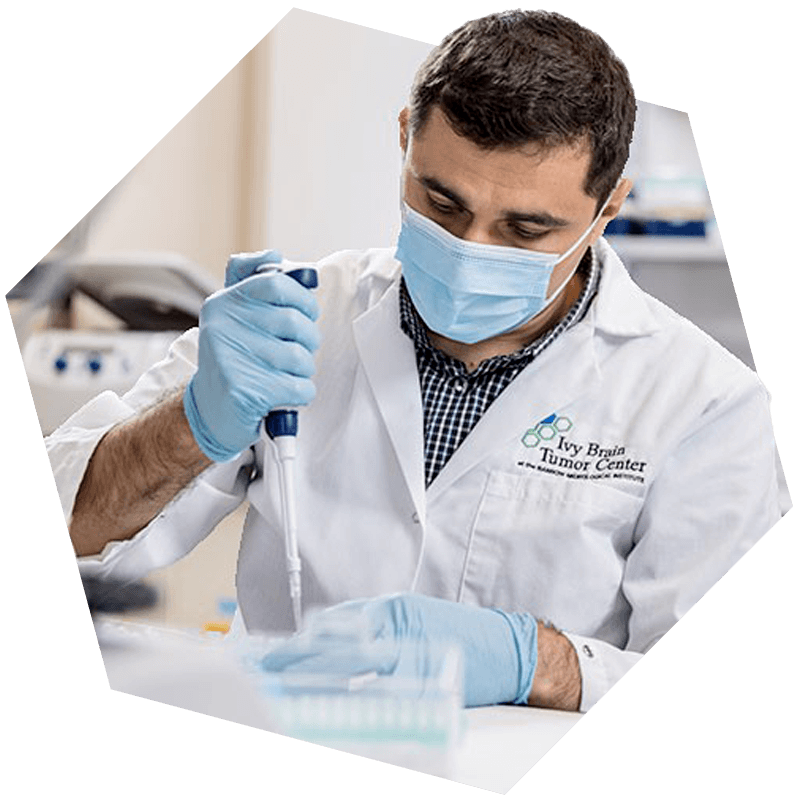
Origins of Phase 0
In 2004, growing concerns surrounding slow and costly drug development led the FDA to introduce the Phase 0 clinical trial, a new mechanism to accelerate and streamline the drug testing and approval process. This new approach, unlike conventional Phases 1, 2 or 3 trials, bridges the gap between initial drug testing and definitive efficacy studies. Its goal is to quickly identify how a drug works in patients and whether it should be fast-tracked for further development.
The Ivy Phase 0 Clinical Trial
The Ivy Brain Tumor Center is home to the largest Phase 0 clinical trials program in the world and the first of its kind for neuro-oncology. We have adapted the Phase 0 strategy to brain tumor patients and incorporated a clinical trial ‘trigger’ that advances Phase 0 patients into a therapeutic study arm only if the drug is having an effect in an individual patient.
This approach addresses the two most common reasons most drugs fail in brain tumor patients:
- Most new drugs are incapable of reaching the brain.
- Laboratory animal studies of new drugs paint an incomplete picture of how the drugs will perform in humans.
In a conventional Phase 1, 2, or 3 clinical trials, a patient may be on an experimental drug for months before learning that the therapy is ineffective. At the Ivy Center, we understand that time is the most important commodity for our patients. Therefore, our Phase 0 clinical trials match patients to first-in-class drug combinations, confirm drug effects within days of exposure, and only treat patients when therapies are active in a patient’s own tumor.
How It Works
Before a planned operation to remove a recurrent brain tumor, a patient is matched to an experimental drug combination based on the genetics of archival tissue from their first surgery. They then receive a small exposure to this drug combination in the days before surgery. This limited drug exposure is enough so that, when we remove the tumor, we can ask two important questions:
- Did the drug penetrate the tumor?
- Did the drug have its intended effect?
If the answer to both of these questions is yes, then the patient moves forward with receiving the drug combination therapeutically for a longer period of time – advancing to the next phase of the trial.
If the drug combination has no effect on the tumor, the patient can enroll in another clinical trial without losing time or receiving an ineffective treatment.
Ultimately, Ivy Phase 0 clinical trials mean that patients, regardless of diagnosis, can have individualized treatment in a fraction of the time and costs associated with traditional drug research and development.
Benefits of an Ivy Phase 0 Trial
Results in Days, Not Months

In an Ivy clinical trial, drug effects are measured within days of surgery. If the drug isn’t working, the patient can switch to another therapy without losing time or options.
Personalized Treatment

Most clinical trials at the Ivy Center are precision medicine studies. Each patient’s tumor is first defined by its distinct genetic abnormalities, then a treatment plan is selected to attack that specific code.
Access to New Promising Therapies
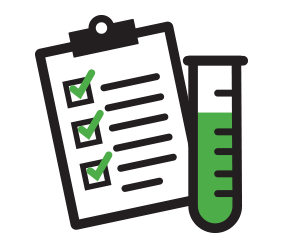
Every Ivy Center drug combination tests new mechanisms never before trialed in brain tumor patients. Patients come to us from around the world to gain access to our clinical trials. Many of our patients find treatment options when they have been told there are none.
Patient Over Profit

The Ivy Brain Tumor Center and its investigators have no financial or proprietary interests in any drug utilized in our clinical trials portfolio. If there is compelling evidence that a new therapy could work, we will test it.



Am I Eligible?
Each Ivy clinical trial is unique in enrollment criteria. If you are interested in learning whether you or a loved one may qualify, we encourage you to submit a free trial screening request online or call 602-406-8605. An Ivy Navigator will get back to you within two business days to complete the initial assessment.
Determine your Eligibility